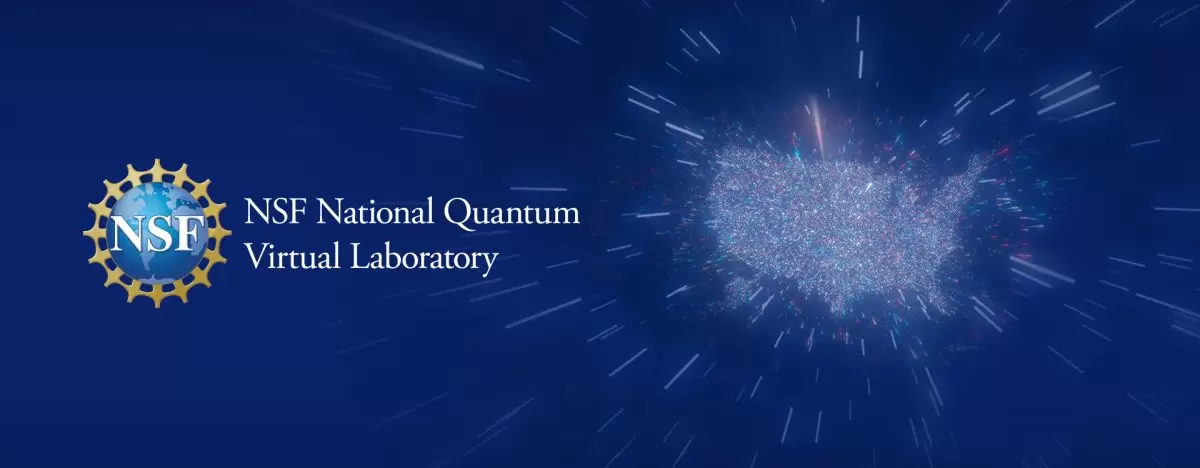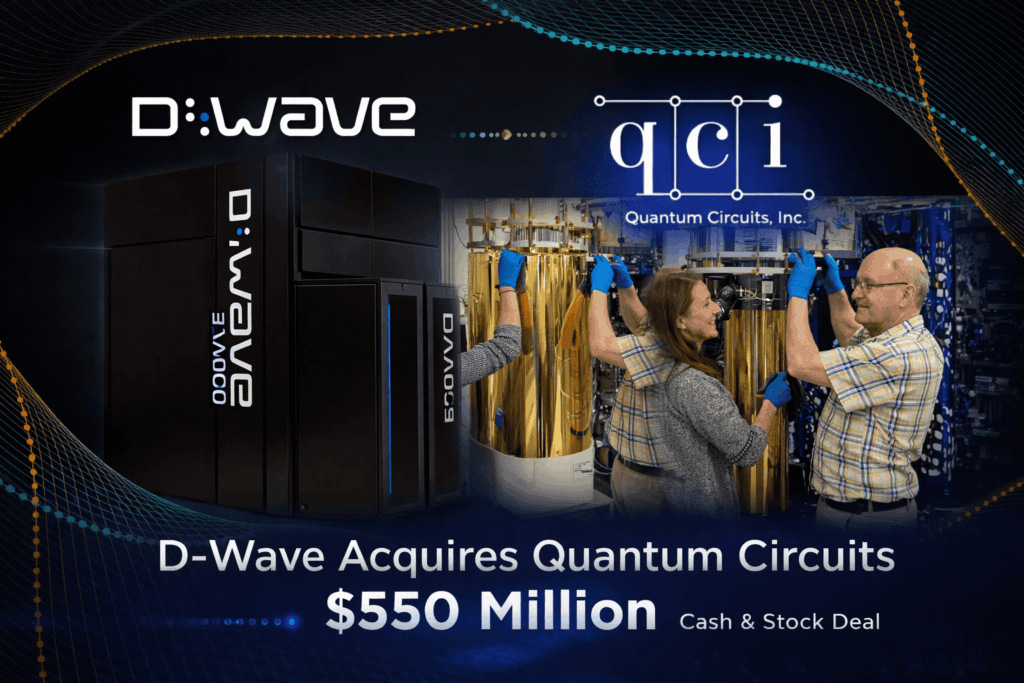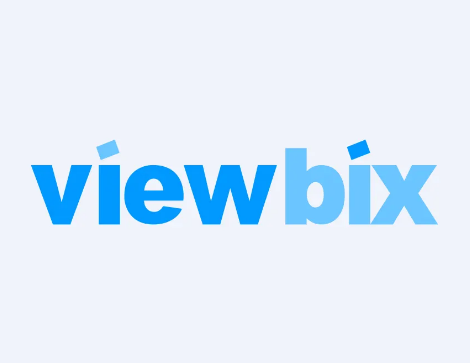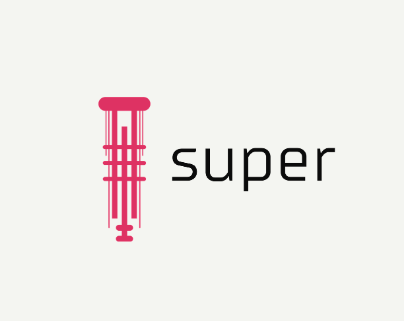Insider Brief:
- The NSF announced $5 million in funding for five pilot projects to develop the NSF National Quantum Virtual Laboratory (NQVL).
- The NQVL will be a national resource designed to advance quantum technologies and support the broader quantum ecosystem through workforce development and accessible technology.
- The pilot projects will lay the groundwork for the NQVL, with teams having the opportunity to seek further funding through the Quantum Science and Technology Demonstrations (QSTD): II. Design & Implementation proposal.
The National Science Foundation (NSF) announced earlier this month the selection of five recipients to receive $1 million each in funding to pursue projects aligned with developing the NSF National Quantum Virtual Laboratory (NQVL). The NQVL will be the first of its kind: a national resource designed to encourage the development of quantum technologies while supporting the larger quantum ecosystem through workforce development and accessible technology.
A Vision for the Shared Benefit of Quantum Advantage:
The creation of the NQVL stems from the NSF’s vision to push the U.S. towards the shared goal of realizing quantum advantage—using quantum technologies to solve problems with societal benefits. This initial $5 million investment is just the first phase of a multi-year effort a build a geographically distributed national resource. Each recipient in the initial phase will be invited to apply for further funding through the Quantum Science and Technology Demonstrations (QSTD): II. Design & Implementation proposal. Once fully realized, the virtual laboratory will become an integral resource within the quantum ecosystem as a broadly accessible resource for streamlined development of quantum technology.

“As a shared national resource, NQVL will also surmount the limitations inherent in using solely brick-and-mortar facilities—any qualified researcher or student can participate, regardless of where they are in the U.S.,” says Denise Caldwell, acting NSF Assistant Director for Mathematical and Physical Sciences.
Diverse Perspectives Spark Creative Innovations:
The first five projects will be led by experts across academia, industry, and government. In the context of quantum computing, a technology deeply rooted in the abstraction of quantum mechanics, is the vital need to assemble a collective of expertise in theory, experimentation, business, and a level of curiosity necessary to deliver progress for the sake of practical applications.
The NQVL will provide the creative framework needed to realize quantum advantage. The tricky thing about the development of quantum technology is that in order to make forward progress, we must use the technology before it is fully mature, relying on incremental advances over the course of an iterative process.
A Resource for the Quantum Workforce:
The NQVL will serve not only as a resource infrastructure, but also as a catalyst for the development of the U.S. quantum technology workforce. As the laboratory continues to evolve, it will provide training and educational resources to nurture and shape the next generation of quantum professionals, aligning with the NSF’s 2018 National Quantum Initiative Act set forth to develop and establish the U.S. as a leader in quantum technology development.
Erwin Gianchandani, NSF Assistant Director for Technology, Innovation, and Partnerships, emphasized the broader impact of NQVL, stating, “U.S. competitiveness hinges on accelerating the translation of technological innovations into the market and society, as well as training the American workforce for the jobs of tomorrow.”
Looking Ahead:
Until the end of the initial phase, the pilot project teams will focus on exploratory work and laying the groundwork for the eventual development of the NQVL. The teams will then have the opportunity to submit proposals for additional NSF funding to design and implement quantum-based technologies and testbeds.
As the NQVL project advances towards fruition, it promises to be an unparalleled resource for quantum information research in the U.S. The NSF’s strategic investment in NQVL, coupled with an inspired team of scientists and industry professionals, sets the stage for significant advancements in quantum technology and workforce development.
The first five NQVL pilot projects as listed on the NSF website are as follows:
Wide-Area Quantum Network to Demonstrate Quantum Advantage (SCY-QNet)
Led by Stony Brook University in collaboration with Columbia University, Yale University and Brookhaven National Laboratory, the team aims to build a long-distance 10-node quantum network to demonstrate quantum advantage through quantum communication and distributed quantum processing. Those technological advancements would help enable secure and privacy-preserving long-distance communication systems.
Quantum Advantage-Class Trapped Ion system (QACTI)
Led by Duke University in collaboration with the University of Chicago, Tufts University, North Carolina State University and North Carolina Agricultural and Technical State University, the team will pursue the creation of a 256-qubit ion trap quantum computing system. The system would be controllable over the internet and capable of running a wide range of quantum simulations and computations.
Deep Learning on Programmable Quantum Computers (DLPQC)
Led by the Massachusetts Institute of Technology in collaboration with Harvard University, the University of California Los Angeles and the University of Maryland, the team seeks to develop quantum computing platforms with more than 100 qubits for error-corrected computing capable of complex many-body analysis to solve problems in chemistry, advanced materials and physics.
Quantum Sensing and Imaging Lab (Q-SAIL)
Led by the University of California Los Angeles in collaboration with the University of Delaware, California Institute of Technology and the Massachusetts Institute of Technology, the team aims to develop quantum sensors based on two-dimensional trapped-ion arrays. Such sensors have the potential to substantially advance frequency metrology, with applications including telecommunications and navigation, terahertz imaging used in astronomy and medicine, and other areas.
Quantum Computing Applications of Photonics (QCAP)
Led by the University of New Mexico in collaboration with New Mexico State University, Sandia National Laboratories, Los Alamos National Laboratory, Skorpios Technologies Inc. and Hoonify Technologies Inc., the team’s goal is to make quantum computers on chips using monolithically integrated quantum photonics to eventually develop this technology into a commercially viable product through partnership with industry.

















